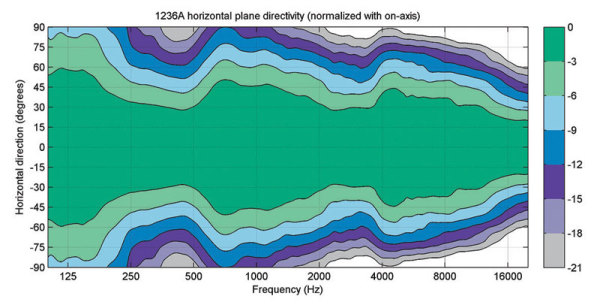Newman
Major Contributor
- Joined
- Jan 6, 2017
- Messages
- 3,533
- Likes
- 4,372
So do you agree with me that Sancus was calling it a game changer. He says that it is an “absurd misrepresentation of what he wrote” to claim he said it is a game changer. Even though he used the exact words, “…it changes…the game…”.(to Newman): It's a game changer even if you remove the "Active Room Treatment" part out of it. The level of control it gives over bass management to the user is on the level one could only obtain previously with a Trinnov. Bringing that level of control to processors/AVRs that cost a fraction of that is, by itself, a game changer in my opinion.
Then you add in the "ART" part, and it can make a $5K Denon do things even a Trinnov can't do.
And he calls me a troll. Still waiting for an apology here about that one. Do you think I’ll get it?
But I’m not sure what you wanted me to learn from your words above? Does it answer my question about experimental evidence? About evidence that it is not just another solution looking for a problem (with regard to home hifi)?
cheers
Last edited:



